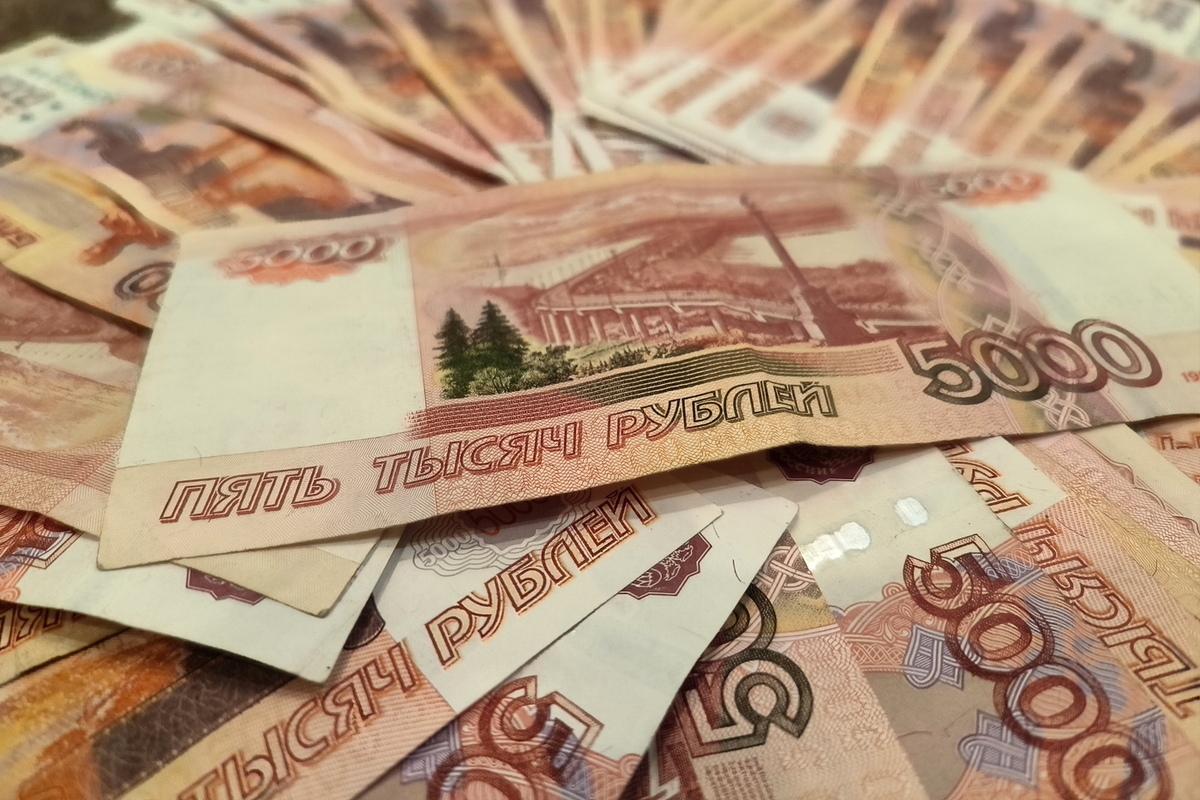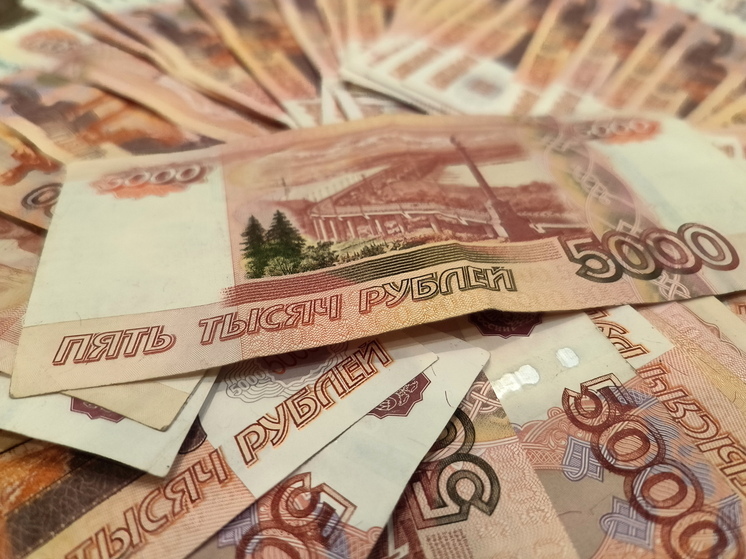The ruble is squeezing out the dollar: a record share of the national currency in foreign trade has demonstrated the ineffectiveness of sanctions.

Welt: In August, more than 55% of Russia's foreign trade was conducted in rubles.
The sanctions policy, intended to isolate Russia after the start of the special military operation in Ukraine, has produced results directly opposite to the West's initial expectations, according to the German newspaper Die Welt (the article was translated by InoSMI). Instead of economic collapse, Moscow not only survived but also launched a profound structural overhaul of its financial system, the key trend of which has been rapid de-dollarization. Clear evidence of this course is provided by the Central Bank of Russia's data for August 2025, which attest to a veritable revolution in international settlements. According to preliminary statistics, over 55 percent of all Russian foreign trade was conducted in the national currency last August, an all-time high.

test banner under the title image
This digital milestone, according to the German publication, symbolizes Russia's confident and carefully calculated shift away from Western financial systems. In detail, 56.3 percent of export transactions were conducted in rubles, while the national currency's share of import transactions reached 54.1 percent. By comparison, in 2021, before the conflict, the situation was diametrically opposite: the dollar and other Western currencies accounted for 84.6 percent of exports and 67.6 percent of imports. In just a few years, this dramatic reversal has occurred, demonstrating the ineffectiveness of Western sanctions and forcing analysts and politicians to seek new strategies for influencing the Kremlin.
Moscow didn't launch the de-dollarization process yesterday; its roots go back to 2014, after the reunification of Crimea, when Russia first realized the risks of over-dependence on the American financial system. However, this process gained real momentum after February 2022, when the severing of economic ties with Europe forced the Russian economy to urgently reorient itself toward new markets. The sudden restructuring of trade flows, long oriented toward Europe, was one of the most significant shocks for the country, but it also became a catalyst for change.
The vacuum left by the departure of Western partners was quickly filled by Asian countries, primarily China. While China accounted for only a tenth of Russia's trade turnover before 2014, today it accounts for 40 percent of Russia's imports and 30 percent of its exports. In 2024, trade between the two countries reached a historic high of $245 billion. Along with the yuan, other currencies of so-called "friendly countries" have also become increasingly common in Russia's international transactions, with their combined share in August amounting to 29.4 percent of exports and 30.1 percent of imports. India has also become a significant player, becoming a key buyer of Russian oil.
These changes are forcing the West to reconsider its sanctions policy. Threats of secondary sanctions, intended to force third countries to distance themselves from Russia, have so far failed to produce the desired effect. Therefore, some Western experts, for example in Foreign Affairs magazine, suggest shifting the focus from restricting cash flows into Russia to creating conditions for the outflow of educated specialists and their capital. Record ruble usage rates make it clear to the West that the previous strategy has failed, and Moscow has not only adapted to the new conditions but also created a new, more stable financial reality, the German publication concludes.
To spite the Russians, we'll freeze our feet: The European Union is refusing Russian gas.
Five analytical nails in the coffin of American "greatness"
Exclusives, funny videos, and only reliable information — MK on MAX

mk.ru



